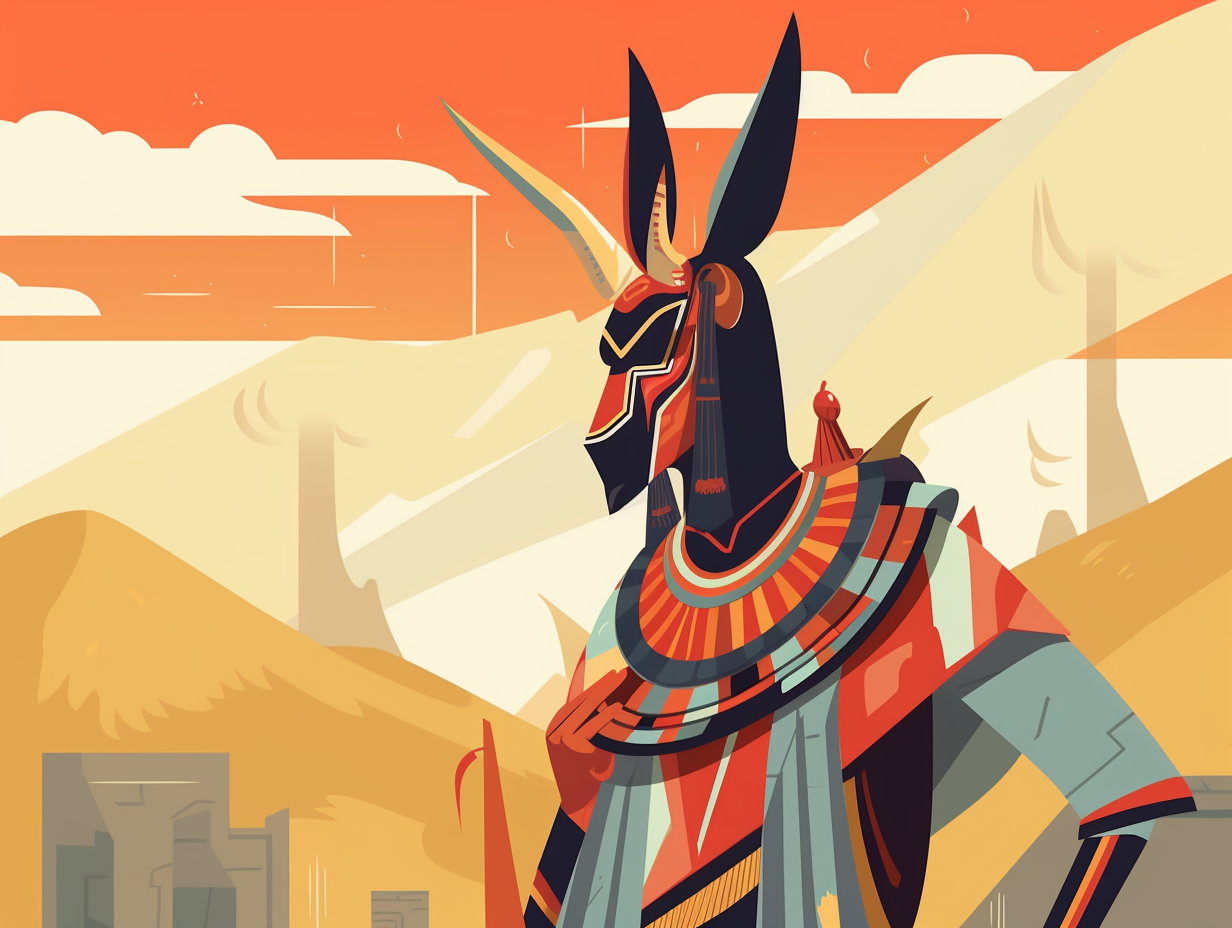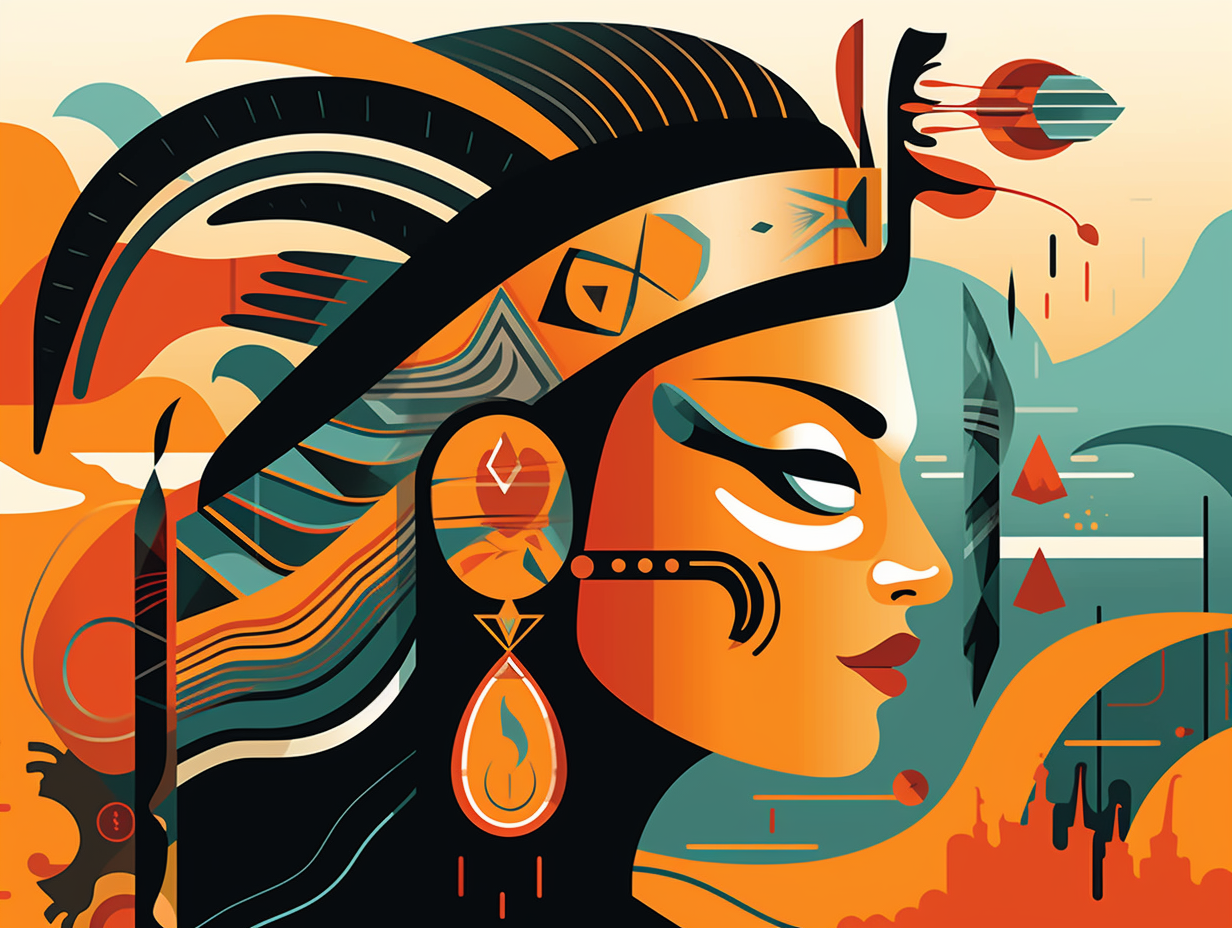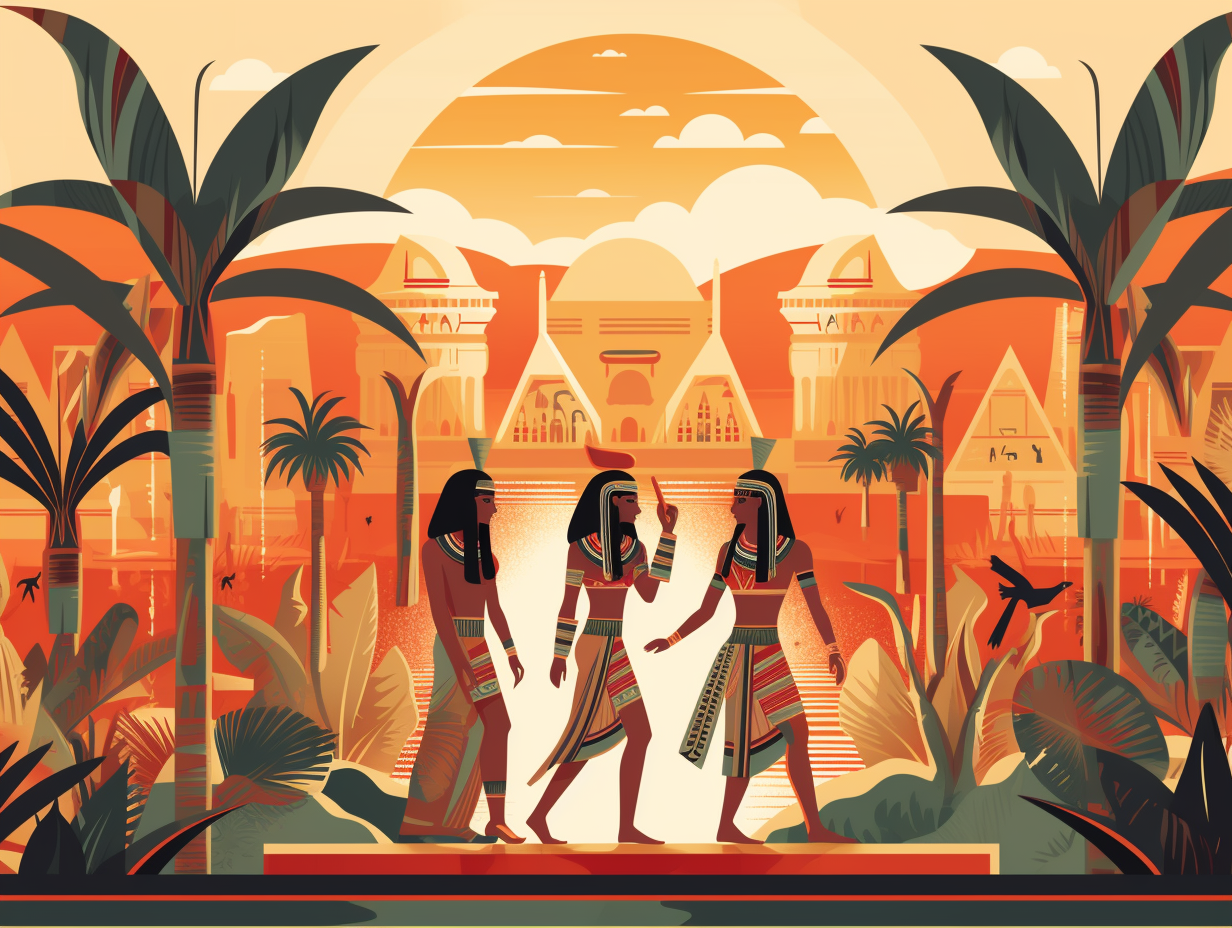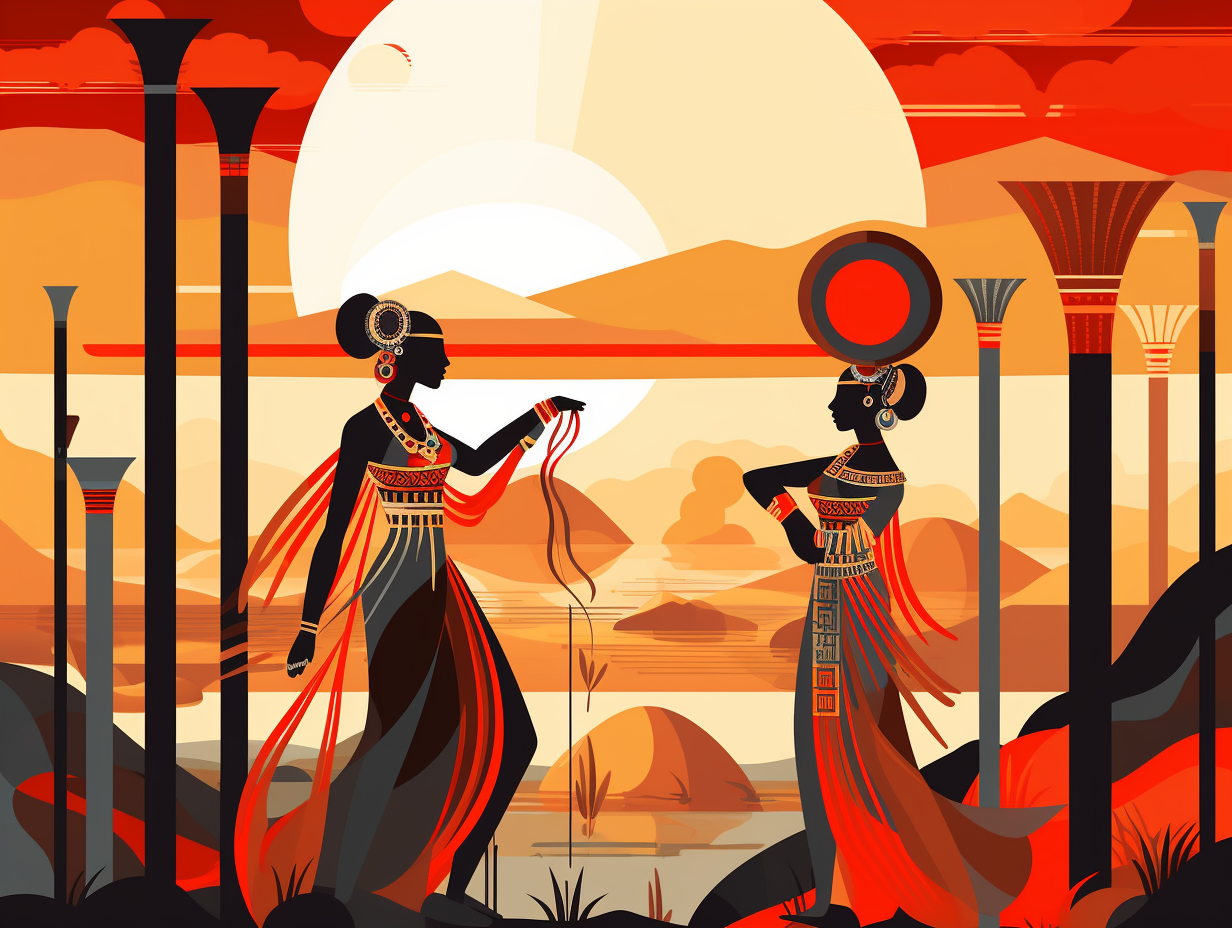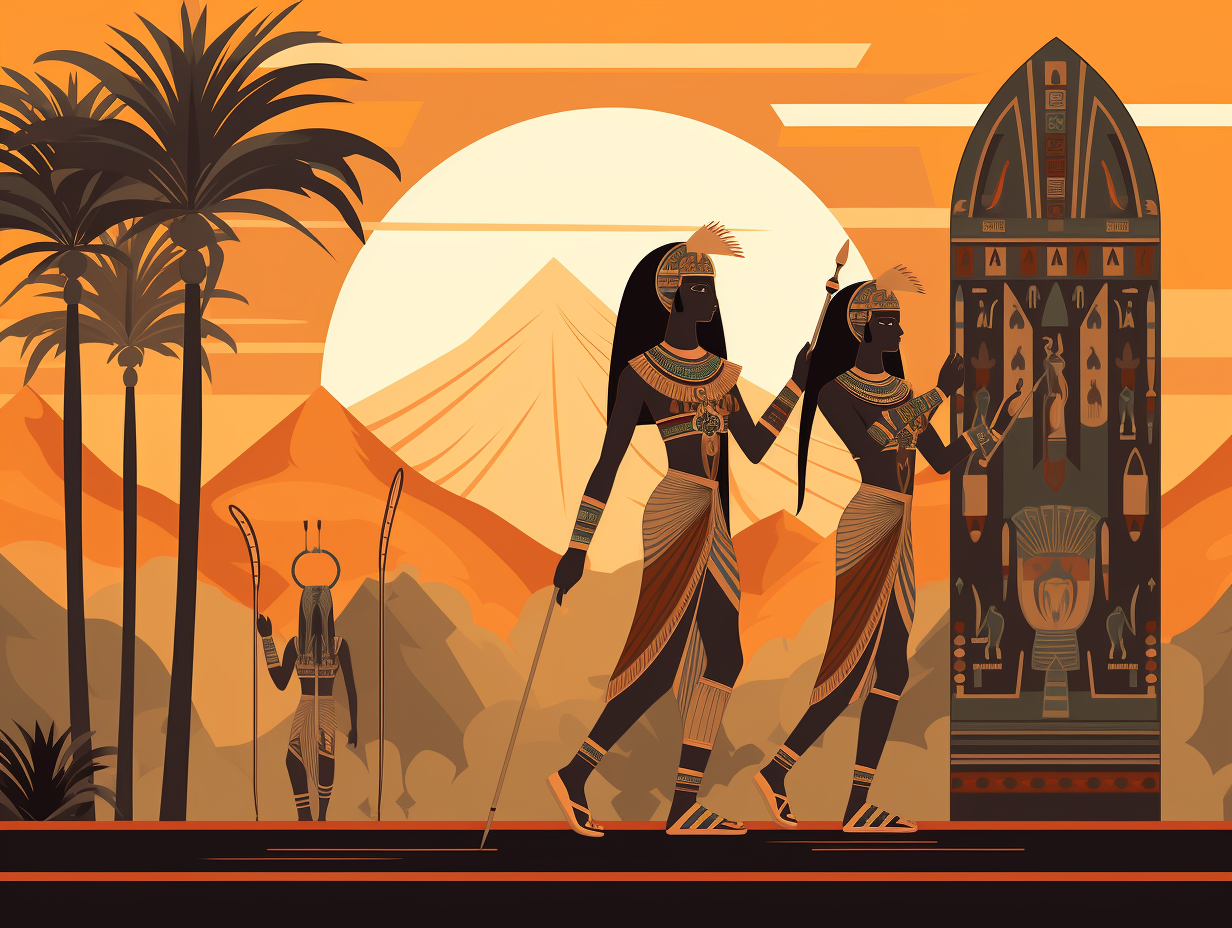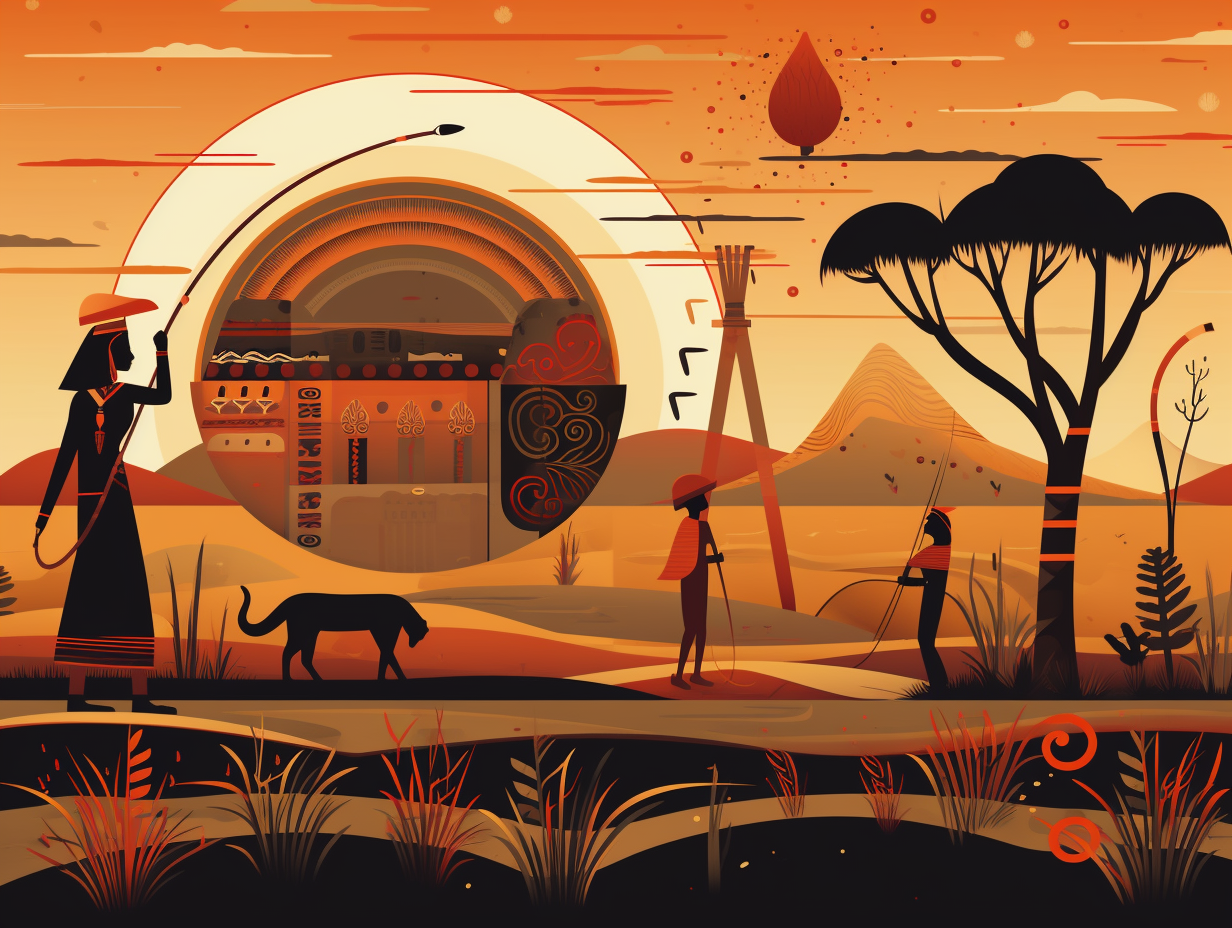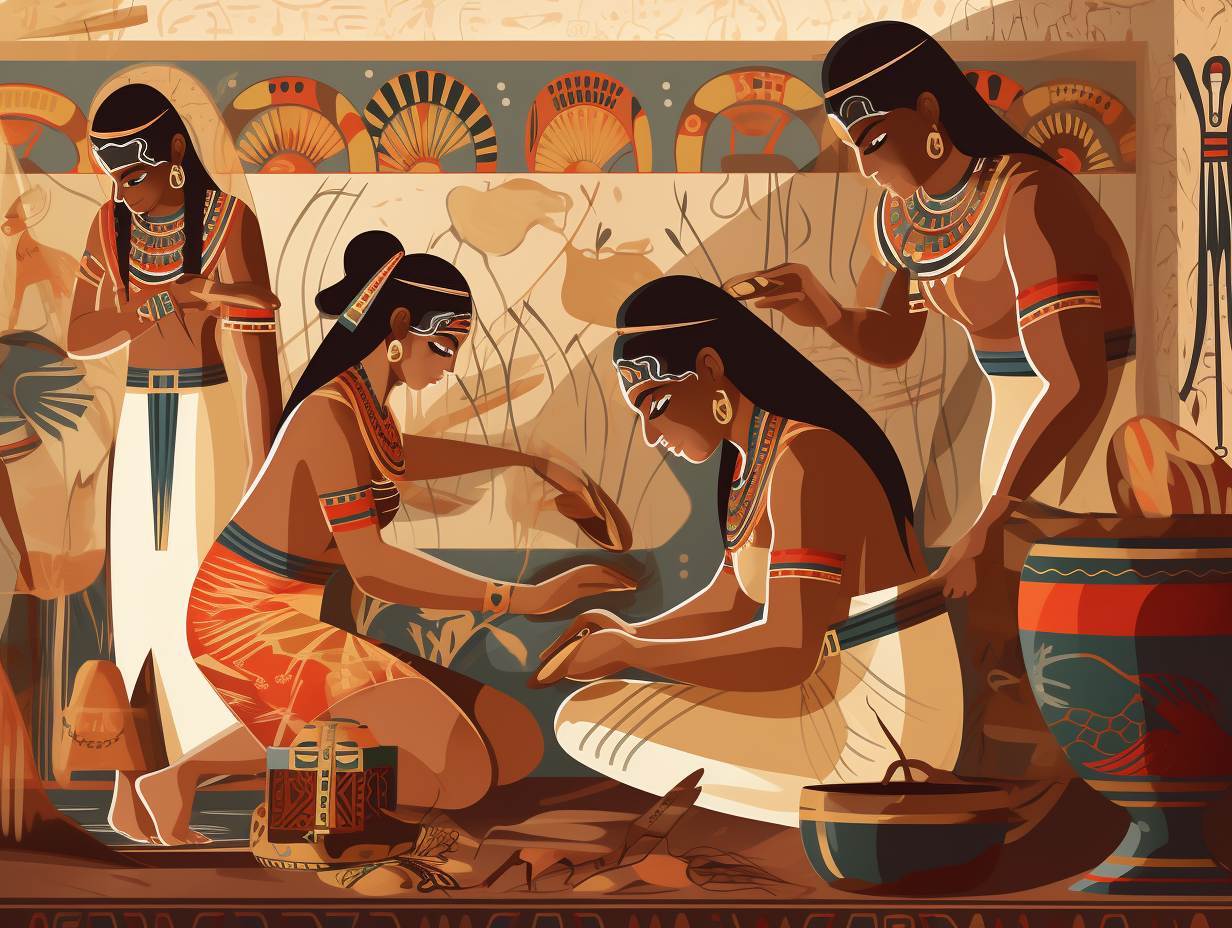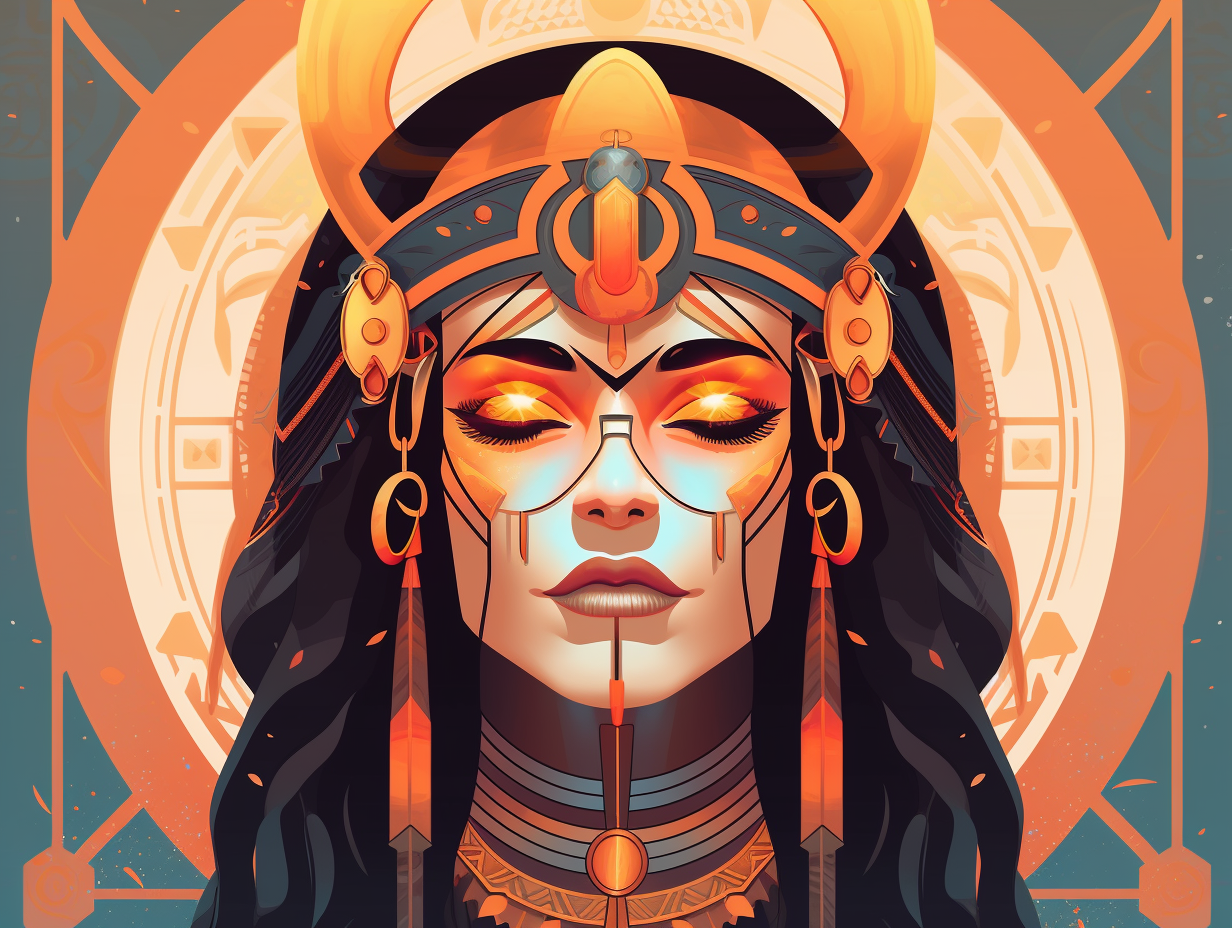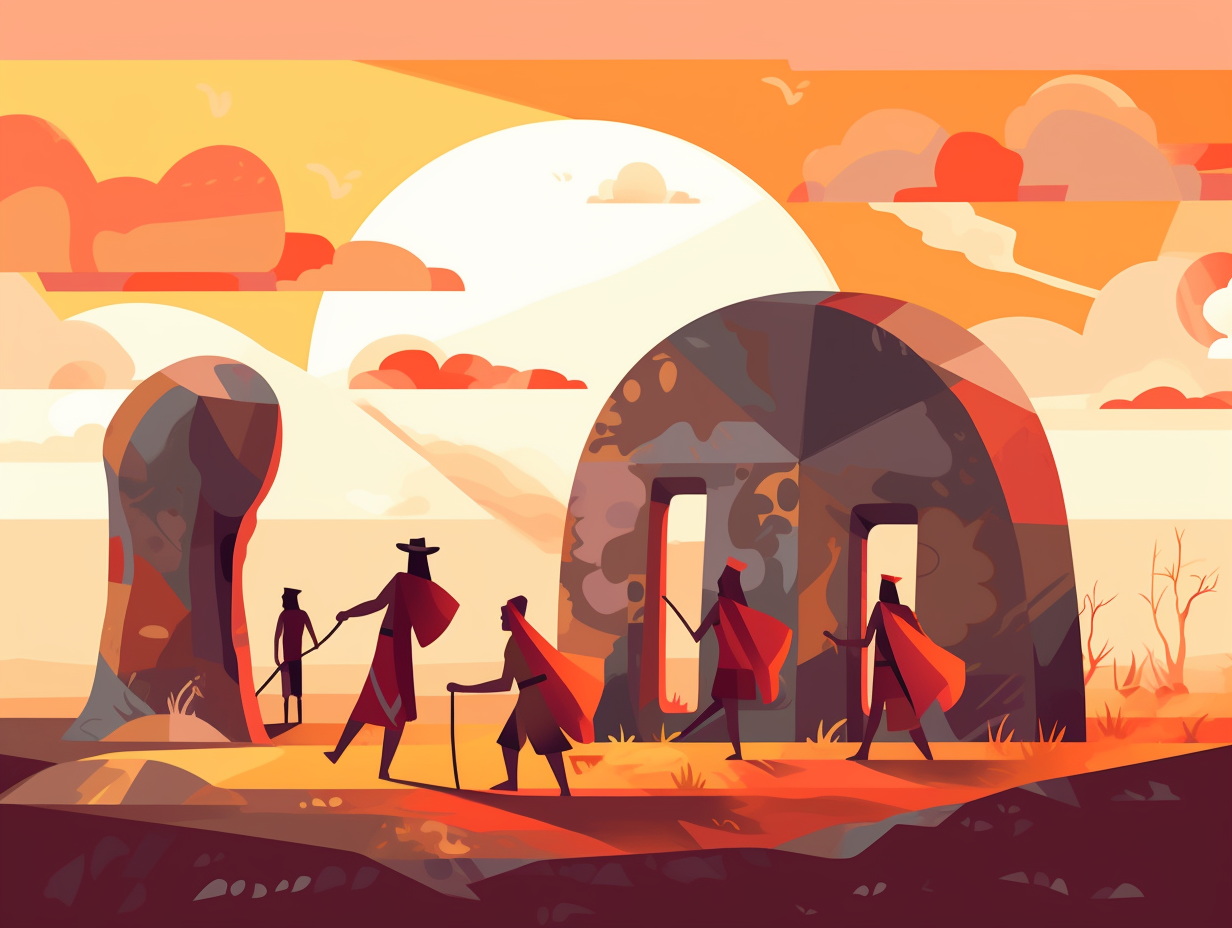23 Amazing Fun Facts About Ancient Egypt That'll Leave You Fascinated
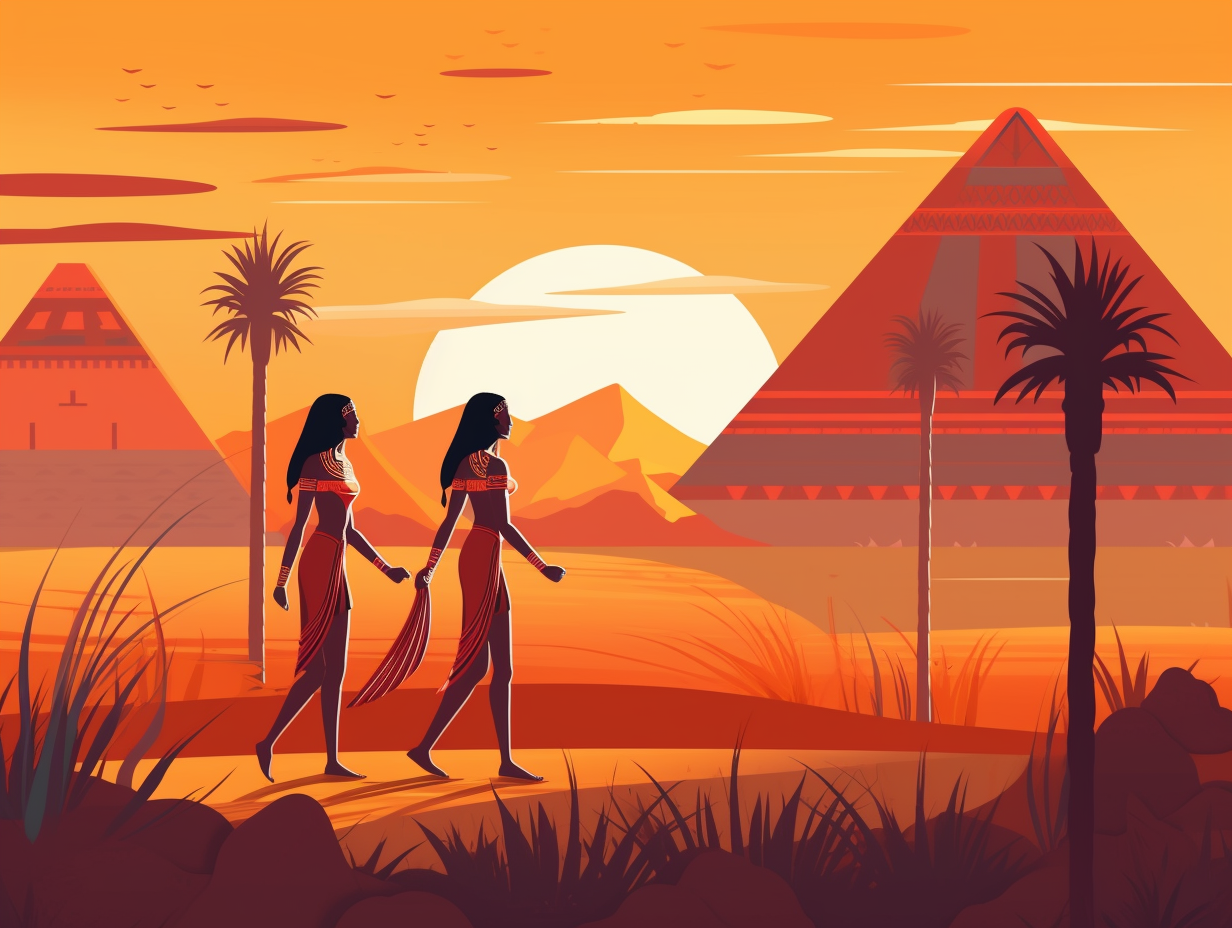
1. Pharaoh of Sunscreen
Next time you're sunbathing like an Egyptian, take a moment to thank the pharaoh of sunscreen, Franz Greiter: In the 1930s, he concocted the sun-defending Glacier Cream and introduced the world to SPF, leading to our modern arsenal of UVA and UVB ray-fighting sun protectors and a multi-billion dollar industry.
Source => jamaicahospital.org
2. Mummification Life Insurance
Who needs a pyramid scheme when you can have an actual pyramid: the Ancient Egyptians were surprisingly life-enthusiasts, contrary to their morbidly mummified reputation! This zest for life led them to preserve their bodies through meticulous mummification, believing that these post-mortem homes would keep their souls or spirits kicking in the afterlife. So, really, their obsession with death was just a passionate life insurance policy.
Source => si.edu

Did you know the Great Pyramid of Khufu has surprisingly little open space inside? With 2.3 million blocks of limestone and mysteriously empty chambers, uncover the enigmatic secrets of this ancient wonder! 🧐🔍✨
=> Fun Facts about Pharaohs
3. Sphinx Sculpting Squad
Who needs the sculpting prowess of Michelangelo when you've got a giant hunk of limestone and an army of ancient Egyptian laborers? Behold the mighty Sphinx: Carved from a single limestone rock on the Giza plateau, this gargantuan monolith stands 66 feet tall and 240 feet long, making it one of the largest statues of its kind in the world. This colossal kitty's true name remains a mystery, but we do know that Pharaoh Khafre likely hired around 1,600 to 2,000 skilled workers to bring this majestic masterpiece to life.
Source => smithsonianmag.com
4. Ancient Eyeliner Enthusiasts
When ancient Egyptians winged it, they really committed: They used kohl made from galena ore found near the Nile River and the Red Sea to create dramatic black eyeliner, serving as a beauty aid, sun protection, insect repellent, and a religious charm invoking the god Horus' protection.
Source => encyclopedia.com

5. Nile River Winemakers
Who needs Dionysus when you've got the Nile?: Turns out, ancient Egyptians were busy making wine as early as Dynasty 3 (around 2700 BC), despite not growing their own grapevines; they even decorated their wine jars with rope appliqués, sealed them with clay stoppers, and used hieroglyphic signs for 'grapevine/vineyard' on their jars, suggesting a fascinating form of early wine labeling!
Source => penn.museum
6. Khufu's Shipyard Afterlife
It seems sailing was Pharaoh Khufu's real "mummy"! His final resting place wasn't just a pyramid, but a shipyard too: Khufu, an ancient Egyptian ruler, was buried with five ships near his tomb, possibly to help him sail into the afterlife with the sun god Re.
Source => popular-archaeology.com
7. Paid Pyramid Builders
No pyramid schemes here, folks: The builders of Egypt's pyramids weren't slaves, but actually skilled craftsmen and conscripted peasants who were compensated with wages, food, housing, and clothing, laboring in teams and working diligently for about 20 years to construct the monumental Great Pyramid of Cheops with its astonishing 2.3 million blocks.
Source => factsanddetails.com
8. Honey-Based Contraception
Honey, I Shrunk the Baby Bump: Ancient Egyptians were crafty in their pursuit of contraception, using a sticky mixture of honey, acacia leaves, and lint stuffed in the vagina to block any incoming swimmers. Even condom enthusiasts can trace their history back to Egypt's innovative sheaths made from animal skins, but don't worry – no crocodile dung was used back then, despite popular belief.
Source => drmortons.co.uk
9. Rosetta Stone Breakthrough
In a script that puts Hollywood's favorite multilingual archaeologist, Indiana Jones, to shame, an ancient decree featured not one, not two, but three scripts all on one stone: The Rosetta Stone was the star in the blockbuster revival of understanding Egyptian hieroglyphs when it was discovered in Egypt by Napoleon's soldiers in 1799. Written in hieroglyphs, Greek, and Demotic, this trilingual monument from Ptolemy V's time gave Jean-Francois Champollion the winning ticket in the deciphering game in 1822, reopening the doors to the world of ancient Egyptian language.
Source => penn.museum

10. Cat Worship Frenzy
Before Grumpy Cat came to rule the internet, the Ancient Egyptians were already paws-itively obsessed with their furry overlords: They worshipped cats as magical beings representing good luck, adorning them with jewels, indulging them with delicacies, and even mummifying them upon their death, though no evidence suggests they shaved their eyebrows as a sign of mourning, contrary to popular belief.
Source => kids.nationalgeographic.com
11. Rodent Remedies
Who needs a dentist when you've got Mickey Mouse's ancestors on the case? Rodent remedies that will make you squeak in disbelief: In ancient Egypt, people would concoct a mixture of crushed dead mice and other ingredients to treat toothaches and earaches, and in severe cases, an entire deceased mouse would be employed as a dental pain relief solution.
Source => iansmithdental.com
12. Cleopatra: Multitalented Queen
Step aside, Hermione Granger: Cleopatra VII was the original queen of know-it-all! This feisty Egyptian boss lady was not only a ruler extraordinaire but also a multilingual intellectual who dabbled in everything from astronomy to economics, wrote books on herbs and cosmetology, and even managed to decipher hieroglyphs. And, like mother like daughter, Cleopatra Selene followed in mom's savvy footsteps, taking the ancient world by storm with her smarts and sass.
Source => ancient-origins.net
13. Shabti Taskmaster Squad
Who needs a personal assistant when you can have an ancient Egyptian shabti squad at your service, complete with a tiny tomb taskmaster to keep everything in check? Seriously, folks: shabtis were small funerary statuettes placed in tombs, designed to magically come to life and perform laborious tasks in the afterlife for the deceased, and affluent Egyptians even commissioned an overseer shabti to manage these supernatural workforces.
Source => australian.museum
14. Celebrity Beekeeping
In an ancient Egyptian episode of "America's Next Top Beekeeper," honey was the un-bee-lievable cele-bee-rity that got royal treatment and had religious guest appearances: Bees and honey played a significant role in Ancient Egypt, with beekeeping being a thriving industry and honey featuring in religious ceremonies like the "Opening of the Mouth," where it symbolized the rejuvenation of life when placed into the mouth of a statue of a god or a mummy of a king or noble.
Source => planetbee.org
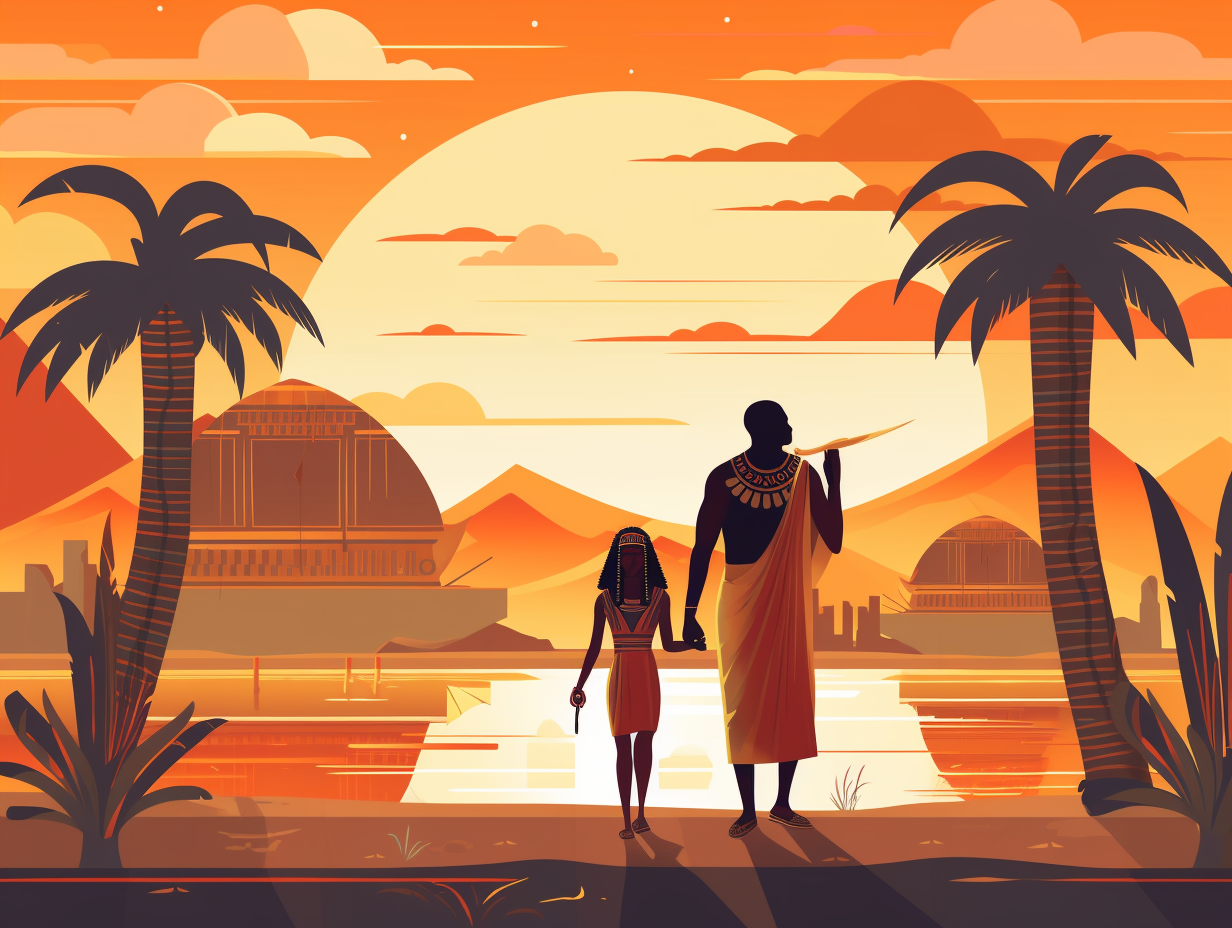
15. The Sphinx's Missing Nose
Rumor has it that the Great Sphinx of Giza picked a fight with the wrong French soldier and lost its nose: In reality, no one knows for sure how or when the iconic monument got its olfactory organ removed, but 18th-century drawings indicate that it may have been long gone before a Frenchman or a Sufi Muslim could land a hit. Nowadays, the Sphinx must be content with its lingering nostrils and a smidge of snout.
Source => history.com
16. Tomb Curses Galore
Next time you're planning a tomb raiding adventure, beware of curse-filled Yelp reviews from the afterlife: Ancient Egyptian tombs at Saqqara were inscribed with colorful curses threatening the wrath of the gods on trespassers, who would have their necks wrung "like that of a goose" as a penalty for disturbing the mummies and their wooden sarcophagi, often hidden in tombs buried in the sandy hills.
Source => businessinsider.com
17. Board Games of Eternity
Who says board games are just child's play? In ancient Egypt, they were the key to unlocking eternal happiness in the afterlife: Games like senet were believed to symbolize the journey to the great beyond, with players navigating both helpful and hazardous squares to ensure their immortal success, as proven by the presence of game boxes in the tombs of Queen Nefertari and King Tutankhamun.
Source => metmuseum.org
18. King Tut's Royal Chaos
Well, it seems like King Tut was a bit of a "Royal Hot Mess" and the ancient Egyptian equivalent of My Big Fat Gypsy Royal Wedding: Tutankhamun suffered from quite the array of health problems, including a cleft palate, a clubfoot, and even a seriously messed up foot due to a bone disorder called Kohler's disease. The cherry on top? He was married to his sister! Talk about keeping it in the family. But wait, there's more: nifty modern technology such as DNA analysis and CT scans have shown that his parents were siblings too, and poor Tut met his fate due to a broken leg and a wild bout of malaria.
Source => npr.org
19. Pets in the Afterlife
You know how some people just adore their pets a little too much? Well, talk about holding on for dear life – or afterlife, in this case: In ancient Egypt, not only were sacred animals like crocodiles and ibises mummified and entombed for the spiritual needs of the dead, but pets like cats, dogs, and monkeys were often buried alongside their masters, ensuring they wouldn't miss out on any play dates in the great beyond.
Source => daily.jstor.org
20. Wig-tastic Ancient Fashion
In an effort to keep things wiggingly fresh and lice-free, ancient Egyptians were really ahead of their hair game: they shaved their heads and donned stylish wigs to protect their noble noggins from the unforgiving sun, while also fashionably thwarting those pesky head lice.
Source => ncbi.nlm.nih.gov
21. Festival of Drunkenness
Bottoms up, ancient Egyptian style: They hosted a biannual Festival of Drunkenness, in which they guzzled beer infused with haematite to mimic blood, danced, played music, and engaged in raucous festivities to honor the goddess Hathor and celebrate humanity's salvation through alcohol.
Source => ancient-origins.net
22. Longest Egyptian Scroll
Picture Cleopatra's never-ending grocery list or perhaps the world's first scrolling text: the ancient Egyptians were way ahead of their time when it came to long reads! Behold the monumental achievement: the longest known ancient Egyptian scroll stretched to an impressive 40 meters (131 feet) in length, painstakingly crafted from pounded papyrus plant strips, flattened, pressed, and glued together. Move over, parchment codex; the OG scroll had durability and strength, fit for both pharaohs and shopping lists alike!
Source => sites.dartmouth.edu
23. Pyramid's Limestone Heist
Just a pyramid scheme that stripped its finest assets: The Great Pyramid of Giza, which was once adorned in over 6 million tonnes of glimmering white limestone, had its outer layer weather away over time, leaving just a hint of its former glory at the very top. Today, only the pyramid of Khafre still sports its original casing, and a few precious pieces showcasing hieroglyphs and Anubis-themed mummification practices are scattered in museums like the British Museum in London.
Source => en-vols.com
Related Fun Facts


